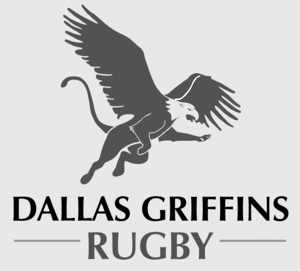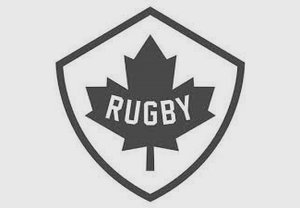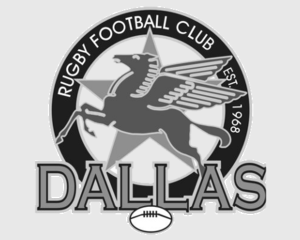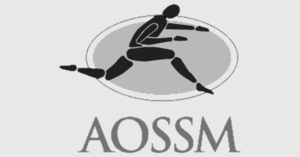Hip conditions can significantly impact one’s quality of life, affecting mobility, comfort, and overall well-being. From arthritis to fractures, understanding the causes, symptoms, and treatment options for various hip conditions is essential for effective management and relief. In this comprehensive guide, we delve into the most common hip conditions, providing valuable insights for individuals seeking information and guidance.
Understanding Hip Conditions:
The hip joint is a complex structure comprising bones, muscles, ligaments, and tendons, facilitating movement and stability. Several factors can contribute to hip conditions, including age, injury, overuse, and underlying medical conditions. Common hip conditions encompass a range of issues, from degenerative diseases to acute injuries.
Common Hip Conditions we treat at Frisco TX:
Acetabular Labral Tears
Acetabular labral tears are a common source of hip pain and discomfort, particularly among active individuals and athletes. This condition involves damage to the labrum, a ring of cartilage that surrounds the hip socket, and plays a crucial role in stabilizing the joint. Understanding the causes, symptoms, and treatment options for acetabular labral tears is essential for effective management and relief. In this article, we delve into the intricacies of this condition to provide valuable insights for individuals experiencing hip pain or discomfort.
Hip Dysplasia
Hip dysplasia is a congenital condition characterized by abnormal development of the hip joint, leading to instability, discomfort, and potential long-term complications. It commonly affects infants but can also present later in life. Understanding the causes, symptoms, and treatment options for hip dysplasia is crucial for effective management and improving the quality of life for affected individuals. In this article, we explore the intricacies of hip dysplasia to provide valuable insights for both patients and caregivers.
Avascular Necrosis (AVN) of the Femoral Head
Avascular necrosis (AVN) of the femoral head, also known as osteonecrosis, is a debilitating condition characterized by the death of bone tissue in the hip joint. This condition can lead to pain, joint stiffness, and ultimately, the collapse of the femoral head if left untreated. Understanding the causes, symptoms, and available treatment strategies for AVN is crucial for effectively managing this condition and preserving hip function. In this article, we delve into the complexities of AVN to provide valuable insights for individuals affected by this condition.
Hip Fractures
Hip fractures are serious injuries that can have a profound impact on an individual’s mobility, independence, and overall quality of life. Whether caused by trauma or underlying conditions weakening the bones, hip fractures require prompt medical attention and comprehensive treatment. In this article, we’ll explore the causes, symptoms, and available treatment options for hip fractures, aiming to provide valuable insights for both patients and caregivers.
Gluteus Medius and Minimus Tears
The gluteus medius and minimus are essential muscles in the buttocks that play a crucial role in stabilizing the pelvis and supporting hip movement. Tears or injuries to these muscles can lead to pain, weakness, and functional limitations. Understanding the causes, symptoms, and treatment options for gluteus medius and minimus tears is vital for effective management and rehabilitation. In this article, we’ll explore these aspects to provide valuable insights into this condition.
Deep Gluteal Syndrome
Deep Gluteal Syndrome (DGS) is a complex and often underdiagnosed condition characterized by pain and discomfort in the buttock region. This syndrome encompasses a range of pathologies affecting structures within the deep gluteal space, including nerves, blood vessels, and muscles. Understanding the causes, symptoms, and treatment options for Deep Gluteal Syndrome is essential for effectively managing this condition and improving patients’ quality of life. In this article, we delve into the intricacies of DGS to provide valuable insights for individuals affected by this syndrome.
Hip Muscle Strain
Hip muscle strain is a common injury characterized by damage to the muscles surrounding the hip joint. Whether due to overuse, sudden movements, or inadequate warm-up, hip muscle strains can cause discomfort and limit mobility. Understanding the causes, symptoms, and treatment options for hip muscle strain is crucial for effective management and recovery. In this article, we’ll explore these aspects to provide valuable insights into this condition.
Hip conditions encompass a spectrum of disorders that can significantly impact daily life. By understanding the causes, symptoms, and treatment options for common hip conditions, individuals can take proactive steps toward managing their condition and improving their quality of life. Whether it’s arthritis, fractures, or congenital abnormalities, seeking timely medical intervention and adopting appropriate lifestyle modifications can help alleviate symptoms and promote long-term hip health.


















